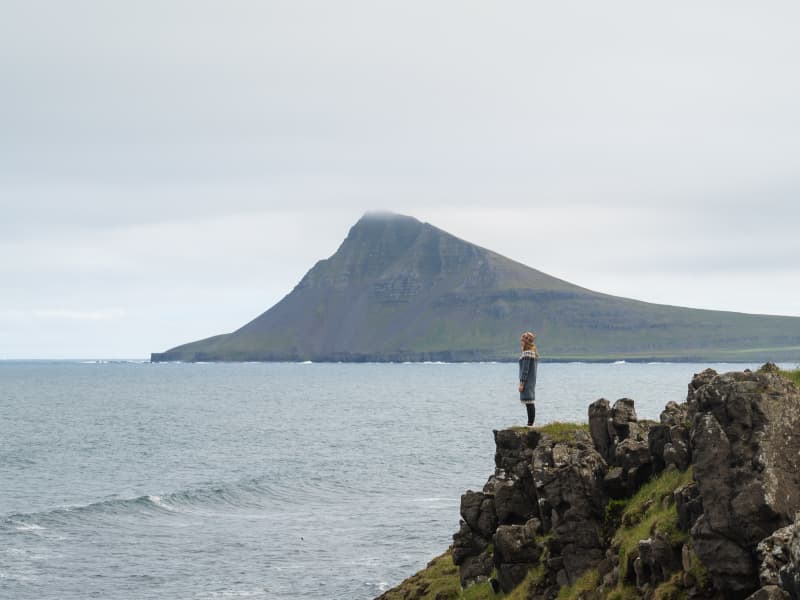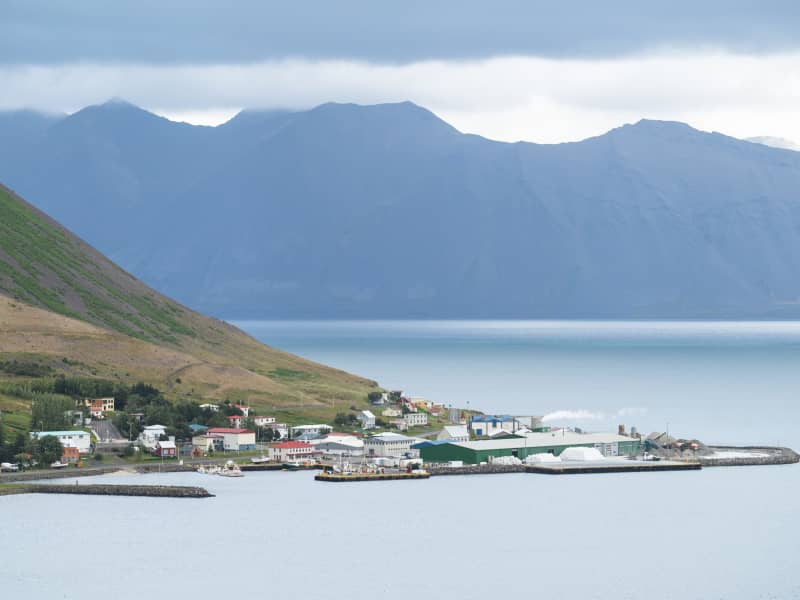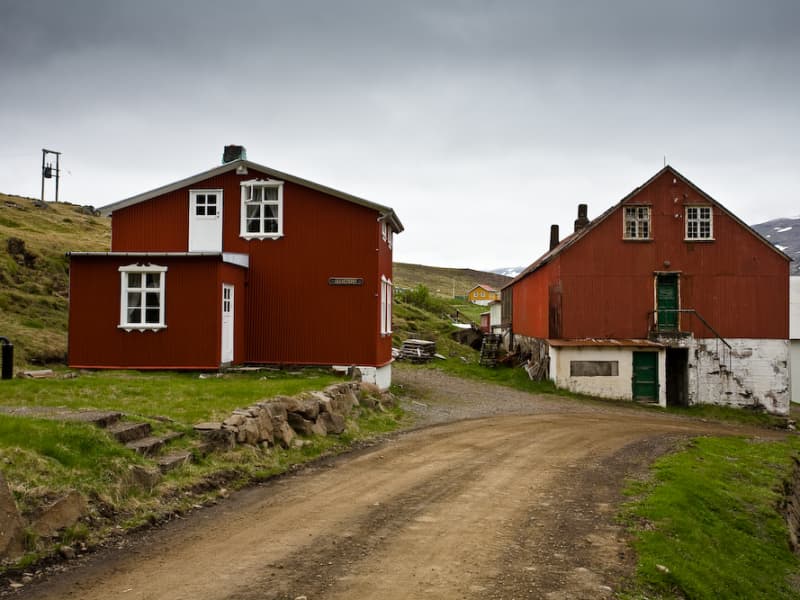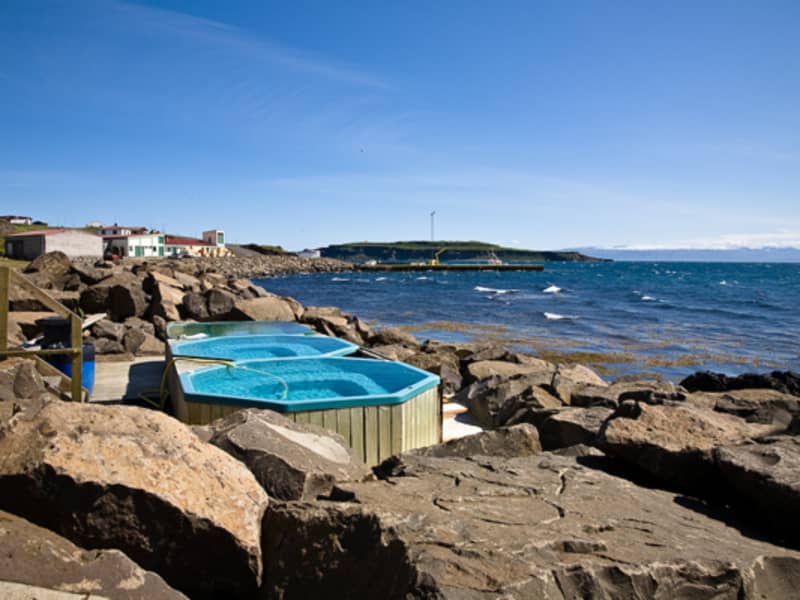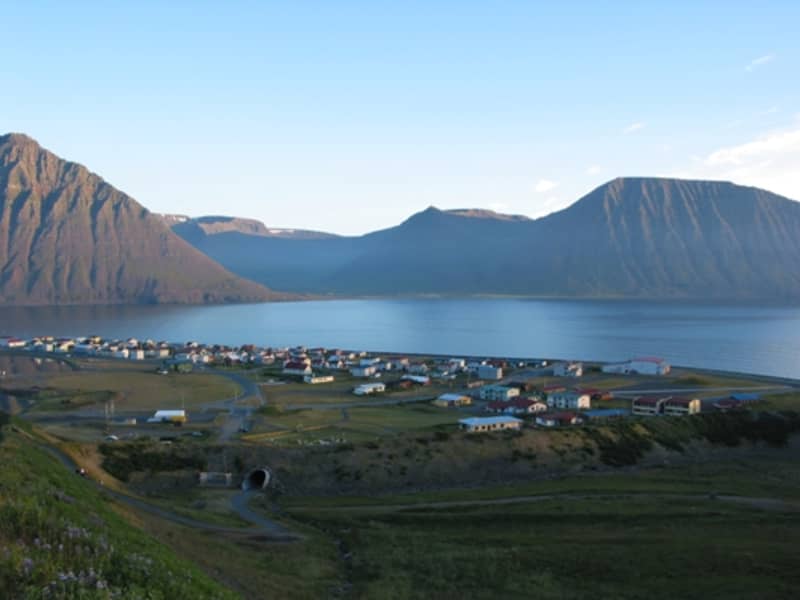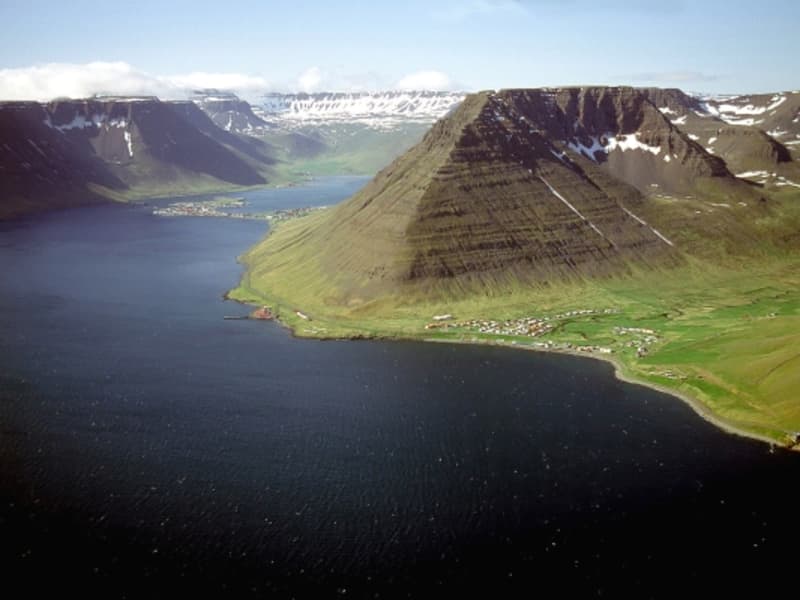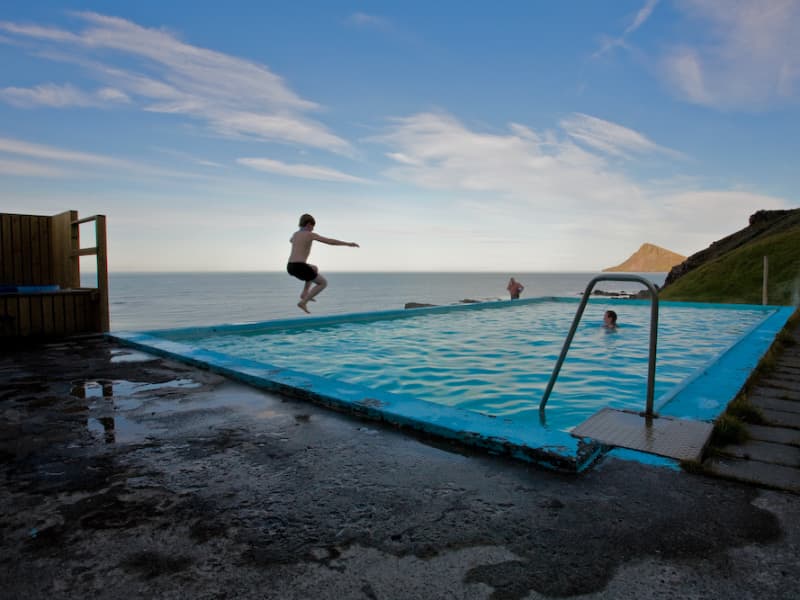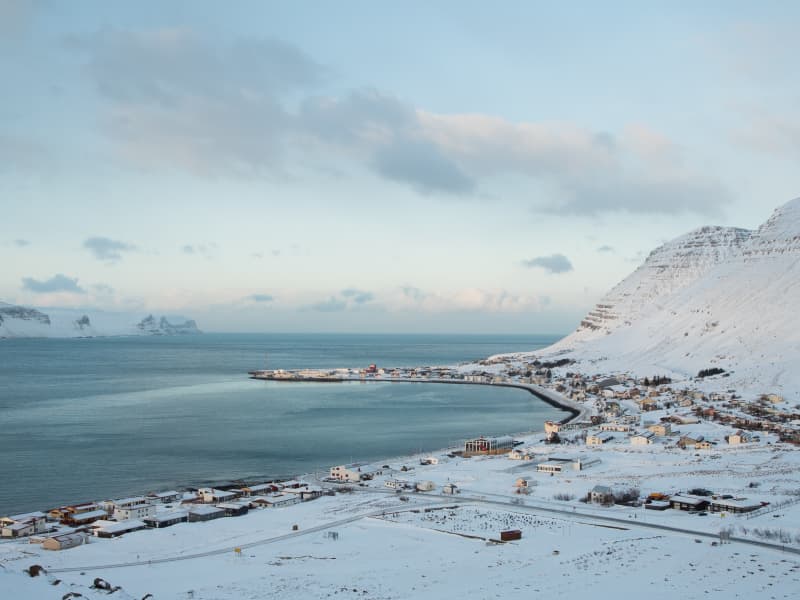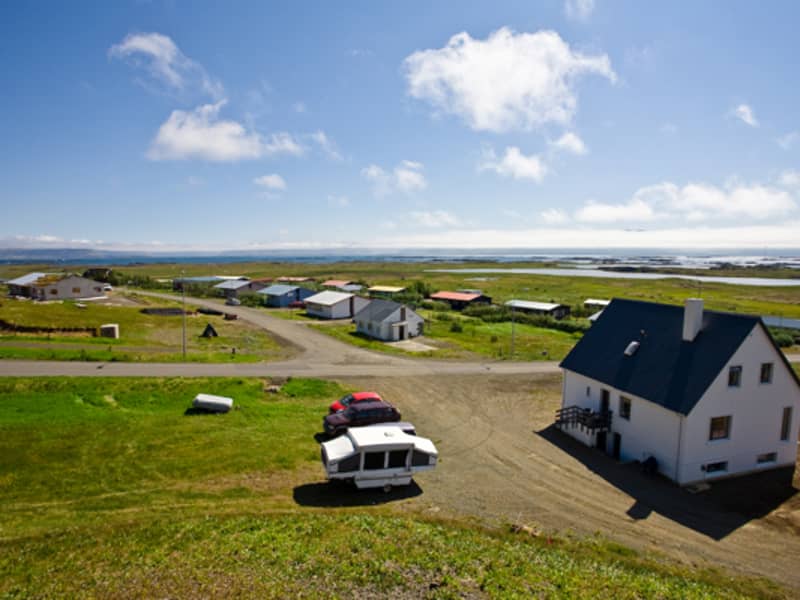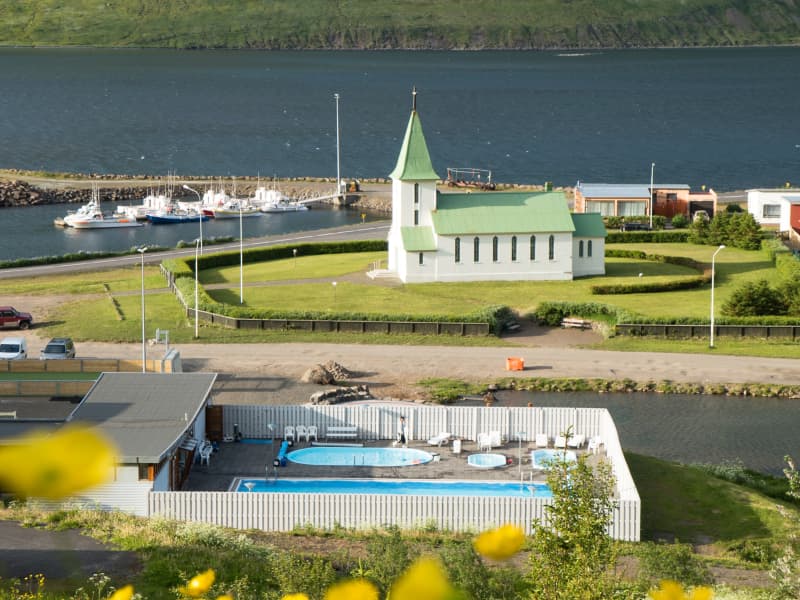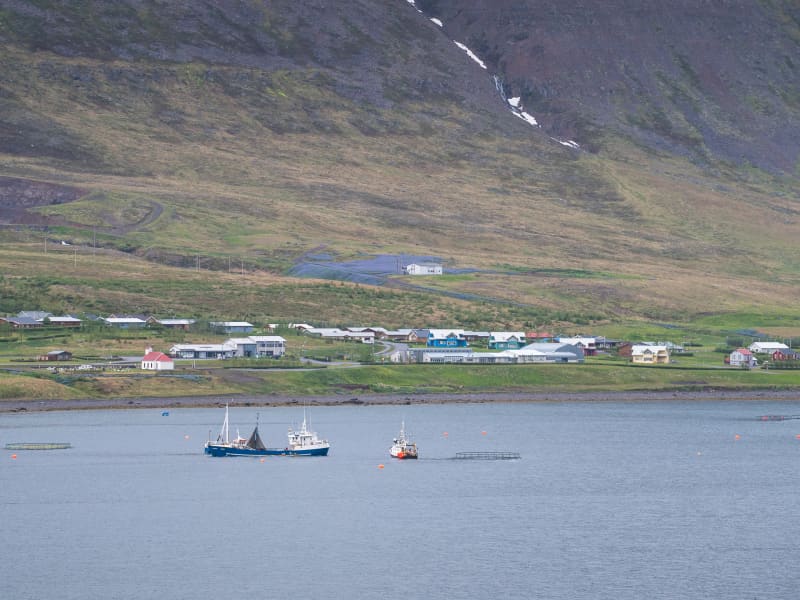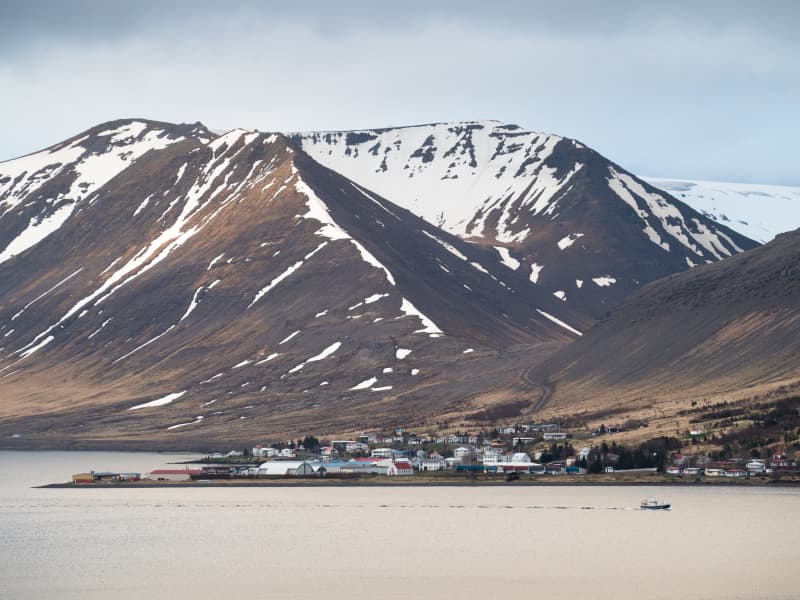Ísafjörður
Rooted in a rich history as a trading post since the 16th century, Ísafjörður has evolved from its humble beginnings into the vibrant heart of the Westfjords. Known for its significant role in Iceland's fishing industry since the mid-19th century, today, Ísafjörður is a cultural epicenter, surrounded by the scenic towns of Þingeyri , Flateyri , Suðureyri , Súðavík , and Bolungarvík. Each offers unique insights into the area's heritage and contributes to the rich tapestry of community life and natural beauty.
As the largest town on the peninsula, Ísafjörður serves as a central hub for exploring the rugged landscapes and pristine wilderness of the surrounding areas, including the untouched Hornstrandir Nature Reserve. Accessible by car, bus, or flight, it provides visitors with unparalleled access to outdoor adventures ranging from hiking and kayaking to bird watching and skiing, inviting a deep connection with nature.
Furthermore, Ísafjörður's cultural calendar is bustling with activities and festivals that draw visitors from across the globe. Celebrated events like the "Aldrei fór ég suður" music festival, the Runners’ Festival, and the "Fossavatnsganga" nordic skii compet ion, among others, highlight the town's lively spirit and its residents' passion for arts and music. These festivals, along with the town’s museums, galleries, and artisan workshops, offer a glimpse into the creative soul of the Westfjords.
Visitors to Ísafjörður can expect a warm welcome and a chance to immerse themselves in a community where the wilderness of Iceland is always just a step away, and the cultural experiences are as enriching as the landscapes are breathtaking.
For a comprehensive guide on services and activities available in Ísafjörður and the surrounding areas, explore the interactive map below.

